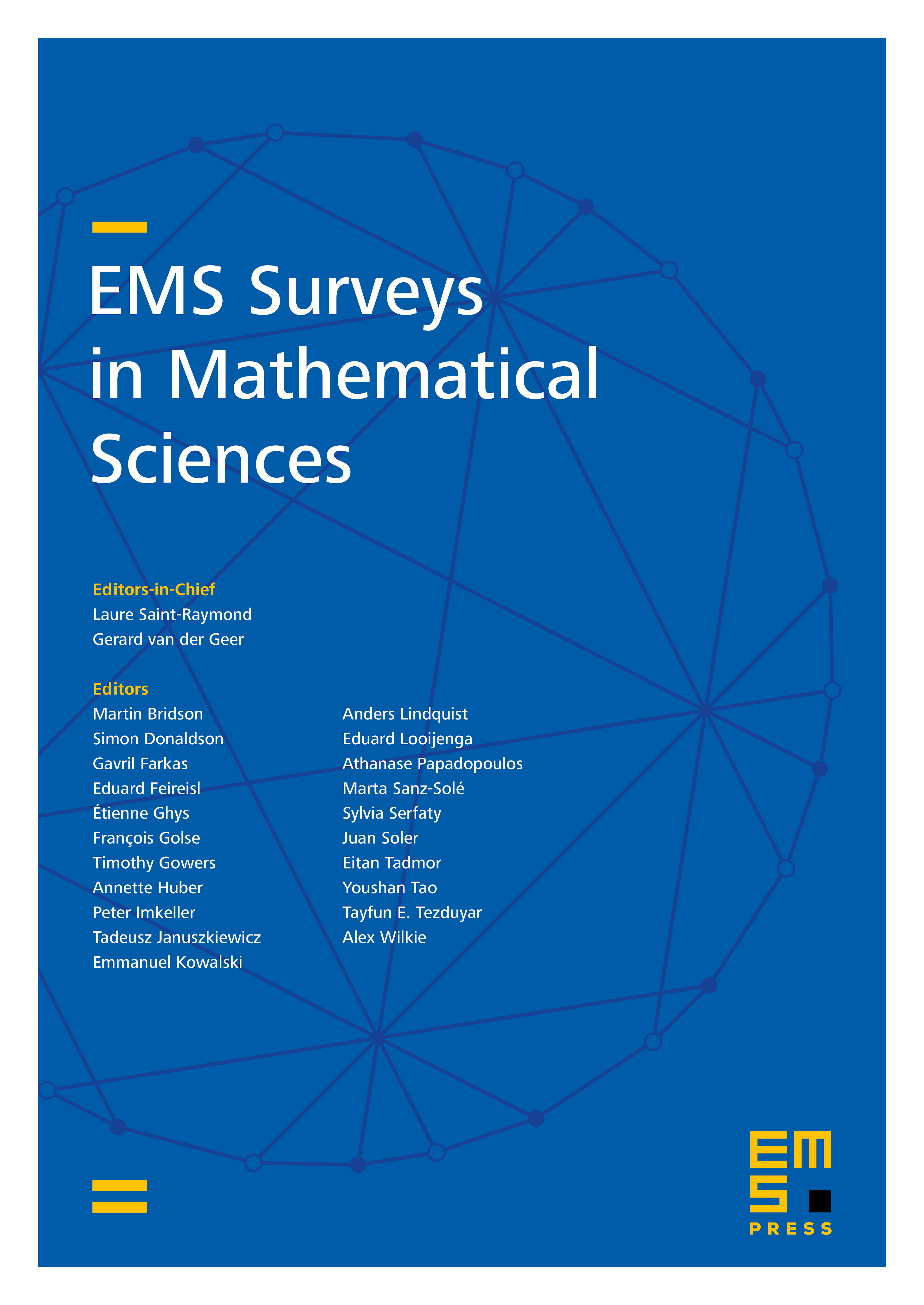Partially dissipative systems in the critical regularity setting, and strong relaxation limit
Raphaël Danchin
Université Paris Est Creteil, CNRS, Créteil; Université Gustave Eiffel, Marne-la-Vallée, France

Abstract
Many physical phenomena may be modeled by first order hyperbolic equations with degenerate dissipative or diffusive terms. This is the case for example in gas dynamics, where the mass is conserved during the evolution, but the momentum balance includes a diffusion (viscosity) or damping (relaxation) term, or, in numerical simulations, of conservation laws by relaxation schemes.
Such so-called partially dissipative systems have been first pointed out by S. K. Godunov in a short note in 1961. Much later, in 1984, S. Kawashima highlighted in his PhD thesis a simple criterion ensuring the existence of global strong solutions in the vicinity of a linearly stable constant state. This criterion has been revisited in a number of research works. In particular, K. Beauchard and E. Zuazua proposed in 2010 an explicit method for constructing a Lyapunov functional allowing to refine Kawashima’s results and to establish global existence results in some situations that were not covered before.
These notes originate essentially from the PhD thesis of T. Crin-Barat that was initially motivated by an earlier observation of the author in a chapter of the handbook edited by Y. Giga and A. Novotný. Our main aim is to adapt the method of Beauchard and Zuazua to a class of symmetrizable quasilinear hyperbolic systems (containing the compressible Euler equations), in a critical regularity setting that allows to keep track of the dependence with respect to e.g. the relaxation parameter. Compared to Beauchard and Zuazua’s work, we exhibit a ‘damped mode’ that will have a key role in the construction of global solutions with critical regularity, in the proof of optimal time-decay estimates and, last but not least, in the study of the strong relaxation limit. For simplicity, we here focus on a simple class of partially dissipative systems, but the overall strategy is rather flexible, and adaptable to much more general situations.
Cite this article
Raphaël Danchin, Partially dissipative systems in the critical regularity setting, and strong relaxation limit. EMS Surv. Math. Sci. 9 (2022), no. 1, pp. 135–192
DOI 10.4171/EMSS/55